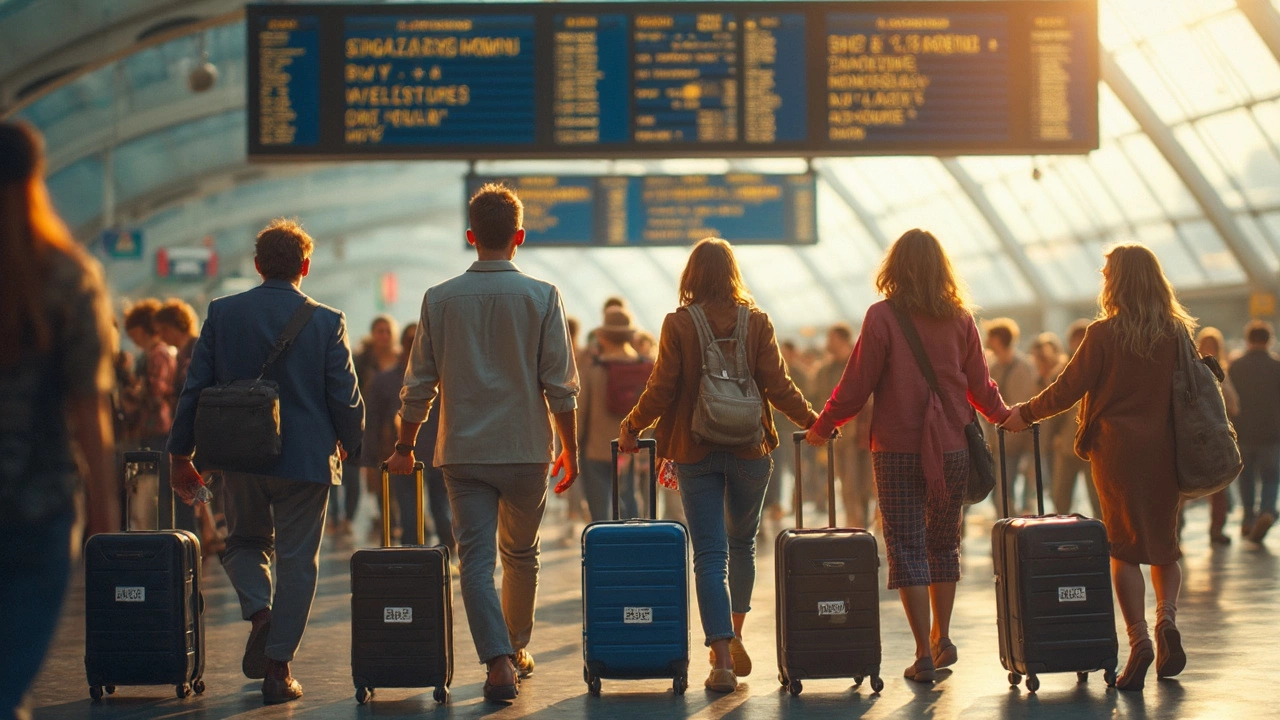Travel Tips London: What Every First‑Timer Should Know
Landing in London can feel like stepping into a movie set. The good news? You don’t need a screenplay to enjoy the city. Below are the most useful tips that will keep your wallet happy, your routes simple, and your experience authentic.
Money Matters: Getting and Spending Pounds
First thing’s first: currency. You don’t have to hunt down a bank before you leave. Most UK banks accept foreign cards without extra fees, and contactless payments work everywhere—from a corner café to a museum gift shop. If you prefer cash, grab a few pounds at the airport but avoid the worst rates. A quick search shows that withdrawing from an ATM in a city centre often gives a better deal than an exchange desk.
When you do need cash, use a no‑fee card to pull out small amounts (under £100) to keep fees low. Keep an eye on the exchange rate in real time with a free app; it’ll warn you if a terminal is offering a bad rate. Also, remember that many small vendors still prefer cash, so having a few notes handy avoids awkward moments.
Getting Around: Transport Hacks
London’s transport network is massive, but you can master it with two tools: an Oyster card or a contactless debit/credit card. Both work on the Tube, buses, DLR, Overground and even some river services. The daily cap means you won’t pay more than £7.20 (as of 2025) for unlimited travel, so there’s no need to buy separate tickets.
Download the official ‘TfL Go’ app. It gives live train times, service alerts, and the quickest routes. If you’re somewhere the Tube is slow (like during weekend engineering works), the app will suggest a bus or bike‑share alternative. Speaking of bikes, Santander Cycles are cheap and perfect for short hops across the city—just pop a credit card on the dock and you’re set.
Walking is underrated. Many of London’s best sights—Piccadilly, Covent Garden, the South Bank—are within a comfortable stroll of each other. Bring a good pair of shoes, and you’ll save on transport while catching secret street performances.
Lastly, avoid rush‑hour crowds. Trains are busiest between 7:30‑9:30 am and 5‑7 pm. If your schedule is flexible, travel a little earlier or later and you’ll enjoy a calmer ride and faster boarding.
Beyond money and transport, a few extra pointers will smooth out the rest of your trip. First, grab a free ‘Visitor Oyster’ map at any station; it marks free museums, park entrances, and Wi‑Fi hotspots. Second, consider a ‘pay‑as‑you‑go’ phone plan or a local SIM—data is cheap and it keeps you connected for maps and ride‑share apps.
For food, head to markets like Borough or Camden for affordable, authentic bites. Avoid tourist‑priced restaurants near major landmarks; a short walk a few streets away often lands you a local favorite at half the price.
Safety-wise, London is generally safe, but keep an eye on your belongings on crowded buses and in busy squares. Use a money belt or zip‑up bag, and keep your phone in one hand while you navigate the crowds.
In short, treat London like a giant puzzle—each piece (cash, card, app, shoes) fits together for a stress‑free experience. Follow these tips, and you’ll spend less time worrying and more time soaking up the city’s vibe. Happy travels!
